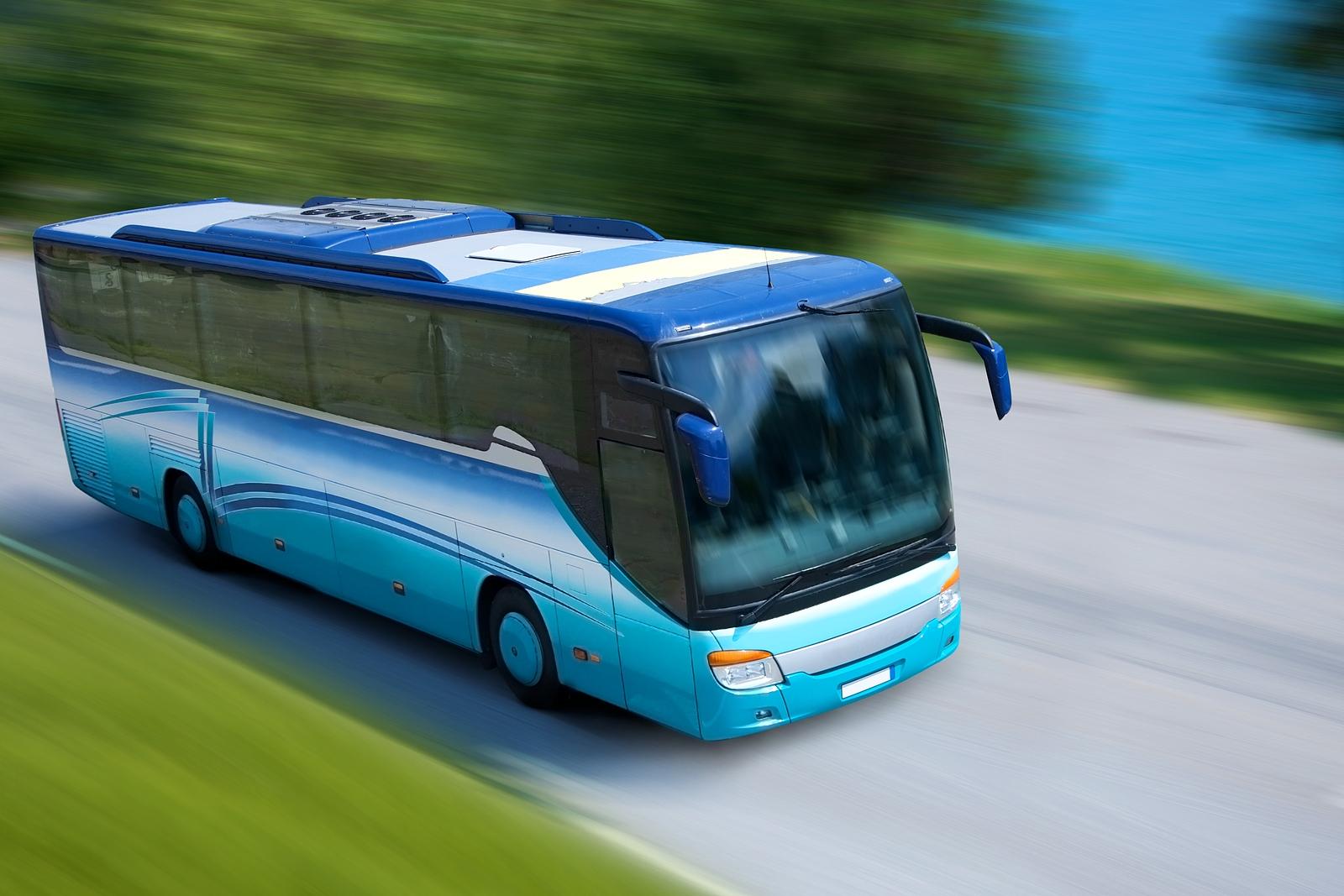Why Should You Hire A Technologically Advanced Luxury Coach?

Chartering, booking or hiring a coach is about making the travel experience as simple, comfortable and luxurious as possible, and any fleet operator will bear this in mind.
This experience is shaped by skilled drivers who know the most optimal routes for balancing speed, convenience and comfort, the interiors are tastefully designed with relaxation as the primary goal, and the vehicles themselves are made to travel vast distances on a range of road surfaces without passengers noticing.
In the case of the latter, the coach fleet that a well-organised operator will use will be geared around ensuring the best possible experience for each charter, and there are a lot of reasons why that is the case, as well as examples of what happens when these important issues are neglected.
They Are More Reliable
The most critical part of a coach is its reliability, and as the nature of coach manufacturing is to evolve, updated models tend to build from previous models and designs to address shortcomings and add desired, highly tested features.
When this is not the case, this can lead to some rather significant issues, as was found with the Guy Wulfuranian.
Initially launched in 1959, the Wulfuranian was in some respects ahead of its time, with air suspension, disc brakes and front suspension years before they would become standard, as well as an engine and entrance based at the front.
Unfortunately, it earned the nickname “Blunderbus” because whilst these features have been revised and enhanced by other manufacturers, they were somewhat neglected on the Wulfuranian, which led to issues with reliability.
The buses were not popular with operators of either coach charters or bus services, and within two years Guy Motors entered receivership.
They Are Designed Around Comfort
There are multiple phases of technological advancement, but they can be reduced to function, expansion and sophistication.
Early coach designs serve to prove that a particular feature, design ethos or technology actually works. Next, the idea is expanded upon to make it even more useful to drivers. Finally, the technology is shaped towards perfecting the passenger experience.
This means that technologically advanced coaches are not just more feature-filled, with advanced air conditioning systems, comfortable seats and onboard entertainment systems, but also contain far less visible technology to make the journey itself more comfortable and easier for the driver and passengers alike.
A good example of where a lack of technological refinement leads to a poor passenger experience can be found with the Daimler Roadliner, a coach design that in some ways was a step forward but in other respects was several steps backwards.
The engine and transmission systems were not designed for the types of workload a coach or bus would be expected to handle over the course of a day, so the coach would often be extremely loud. Some contemporary reviews compared the noise to a Formula One car.
Eventually, the Roadliner itself was discontinued because no engine that would fit inside the chassis would be quiet enough to meet noise regulations.
They Do Not Need To Stop As Often
Most cross-country coach journeys typically incorporate a stop, which is primarily to ensure that the coach can be refuelled, but also has the benefit of allowing passengers to stretch their legs and use any service station facilities they need.
A more technologically advanced bus may not have to stop as often for several particularly notable reasons, although the option is available for some journeys as and when it is appropriate.
The first is that more advanced engines tend to be designed towards fuel economy and refinement, particularly diesel and diesel-electric hybrid engines. This means that they can travel much further without refuelling, allowing for faster journey times.
It may be possible that in the future long-distance fully electric buses become a possibility.
Electric buses have existed since the tiny Tecnobus Gulliver in 1988, and with greater advances in battery technology and charging infrastructure, all-electric long-distance coaches may be possible in the future.
As well as this more technologically advanced coaches have more on-board amenities and facilities that make it less necessary to stop or allow for a more convenient stopping point based on traffic conditions, the driver and the passengers.
Finally, the technological upgrades to suspension and ride comfort mean that passengers and drivers often feel less inclined to require a lengthy rest stop, which can save a significant amount of time depending on the journey route.
As well as this, modern coaches are easier on the driver as well, ensuring that they can focus on ensuring a comfortable, safe, efficient journey for every passenger.



